Bird photography represents one of the most challenging yet rewarding forms of wildlife photography. The combination of fast-moving subjects, unpredictable behavior, and often challenging lighting conditions creates a perfect storm of photographic difficulties. Whether you’re just beginning your journey into bird photography or you’ve been capturing feathered subjects for years, certain mistakes commonly appear across skill levels. By identifying and addressing these issues, you can dramatically improve your images and experience in the field. Let’s explore the ten most common mistakes bird photographers make and, more importantly, how to overcome them to capture spectacular avian imagery.
1. Poor Understanding of Bird Behavior
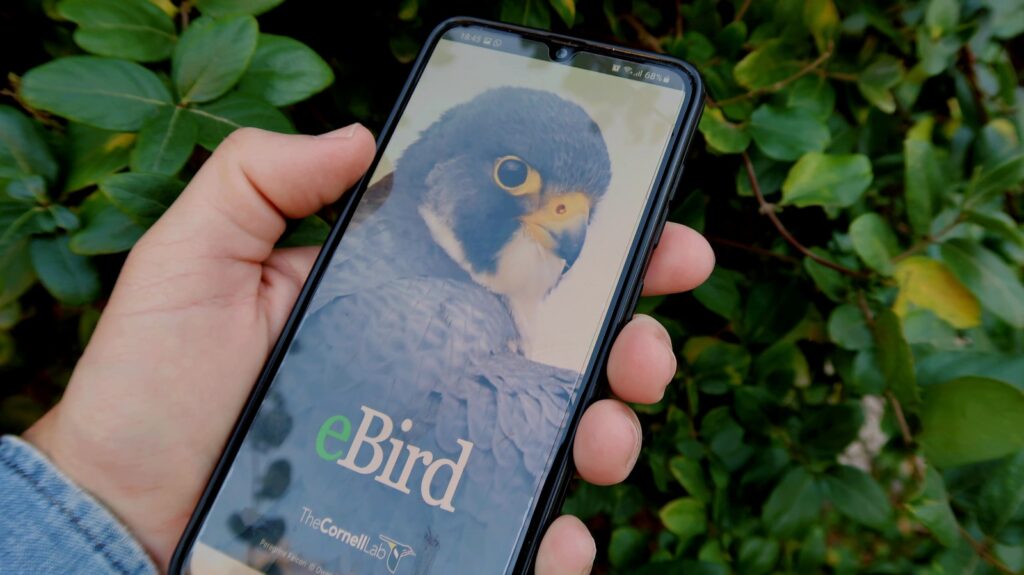
Perhaps the most fundamental mistake in bird photography is approaching the craft without sufficient knowledge of avian behavior. Birds follow predictable patterns for feeding, breeding, migration, and territorial displays that can be anticipated with proper research. Without this understanding, photographers often miss peak action moments or inadvertently disturb their subjects. Successful bird photographers study their subjects extensively before even picking up the camera, learning feeding schedules, mating displays, and seasonal patterns. Consider joining local birding groups or using apps like eBird to learn about species in your area and their behavioral patterns. Remember that the more you understand about your subject, the more effectively you can position yourself for meaningful, storytelling images that capture natural behavior.
2. Insufficient Equipment Knowledge

Many bird photographers invest in expensive telephoto lenses and camera bodies but fail to master the technical aspects of their equipment before heading into the field. This results in missed shots due to fumbling with settings or not knowing how to quickly adjust for changing conditions. Take time to thoroughly learn your camera’s autofocus system, particularly the bird-specific or animal eye tracking features available in newer models. Practice changing settings without looking at your camera so you can maintain visual contact with your subject. Create custom settings banks or memorize specific configurations for different scenarios—flying birds, perched subjects, or low-light conditions. Consider attending workshops specifically focused on your camera brand to discover hidden features and shortcuts that can make a significant difference in the field.
3. Relying on Auto Mode
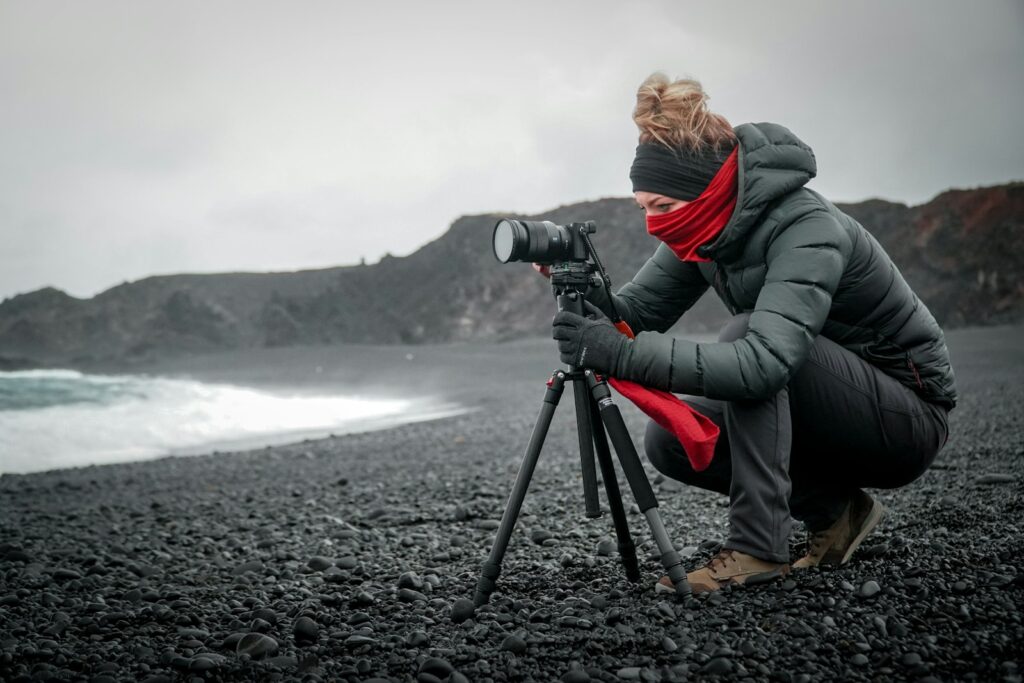
Automatic camera settings rarely deliver optimal results for the specific challenges of bird photography. Birds move quickly, often against complex backgrounds or challenging lighting conditions that confuse metering systems. Manual or semi-automatic modes (aperture priority or shutter priority) provide the control necessary for consistent results. Learn to set a minimum shutter speed (typically 1/1000s or faster for flying birds) and understand how ISO affects your camera’s image quality. Consider using auto ISO with manual shutter speed and aperture settings to maintain exposure control while allowing the camera to adjust for changing light. Experiment with exposure compensation when photographing birds with predominantly white or dark plumage, as standard metering will often render these incorrectly.
4. Inadequate Focus Technique

Achieving and maintaining sharp focus represents one of the greatest challenges in bird photography. Many photographers struggle with consistently sharp images because they haven’t optimized their autofocus settings or technique. When photographing stationary birds, use single-point autofocus for precise control, placing the focus point directly on the eye. For birds in flight, switch to continuous autofocus (AI Servo for Canon, AF-C for Nikon) with a dynamic focus area that tracks movement. Practice the technique of “focus and recompose” for stationary subjects, and for flight photography, develop the skill of maintaining your focus point on the bird’s head or body as it moves. Remember that depth of field is extremely shallow at longer focal lengths, making precise focus critical, particularly when using wide apertures to separate your subject from the background.
5. Overlooking the Background

Even the most beautiful bird can be ruined by a distracting or cluttered background. Many photographers concentrate so intensely on capturing the bird that they fail to consider what appears behind their subject. Clean backgrounds help your subject stand out and create more professional, appealing images. Position yourself to capture backgrounds that complement rather than compete with your subject—look for uniform colors, pleasing bokeh, or environmental elements that add context without distraction. Sometimes moving just a few feet left, right, up, or down can dramatically improve background quality while maintaining your subject in the frame. Consider using wider apertures (f/4-f/5.6) to create background blur, but be mindful of maintaining sufficient depth of field to keep the entire bird sharp.
6. Poor Light Management
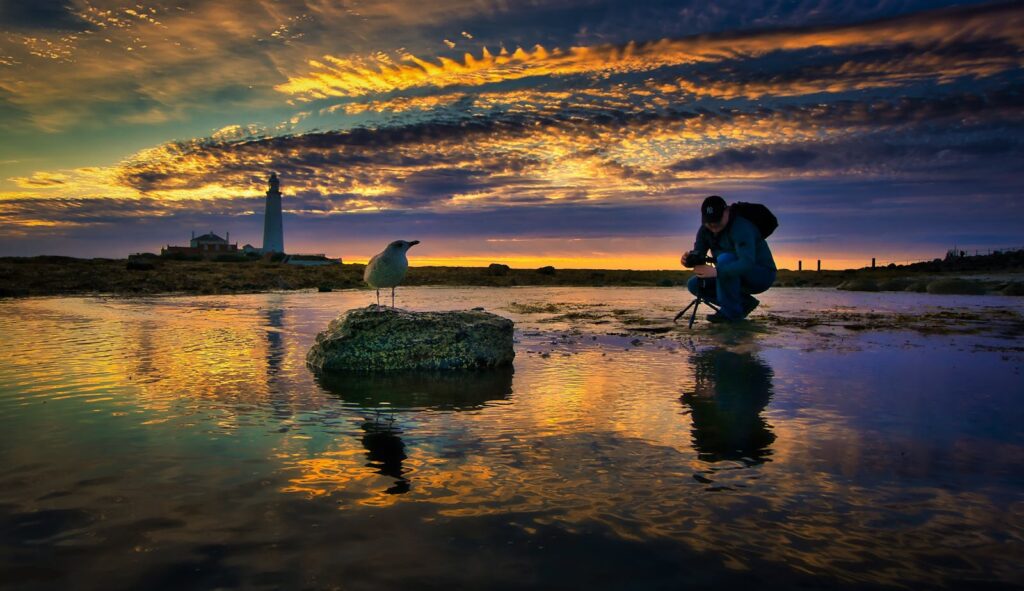
Light quality dramatically affects the outcome of bird photographs, yet many photographers shoot at any time of day without consideration for lighting conditions. Harsh midday sun creates unflattering shadows, excessive contrast, and can wash out delicate plumage colors. Plan your bird photography sessions for the golden hours around sunrise and sunset when light is softer, warmer, and more directional. Position yourself with the sun at your back or slightly to the side, avoiding backlit situations unless deliberately creating silhouettes. Learn to recognize when overcast conditions can actually benefit your photography by providing soft, even illumination that reveals feather detail. Always consider how light interacts with your subject’s plumage, as iridescent feathers require specific light angles to display their spectacular colors.
7. Insufficient Patience
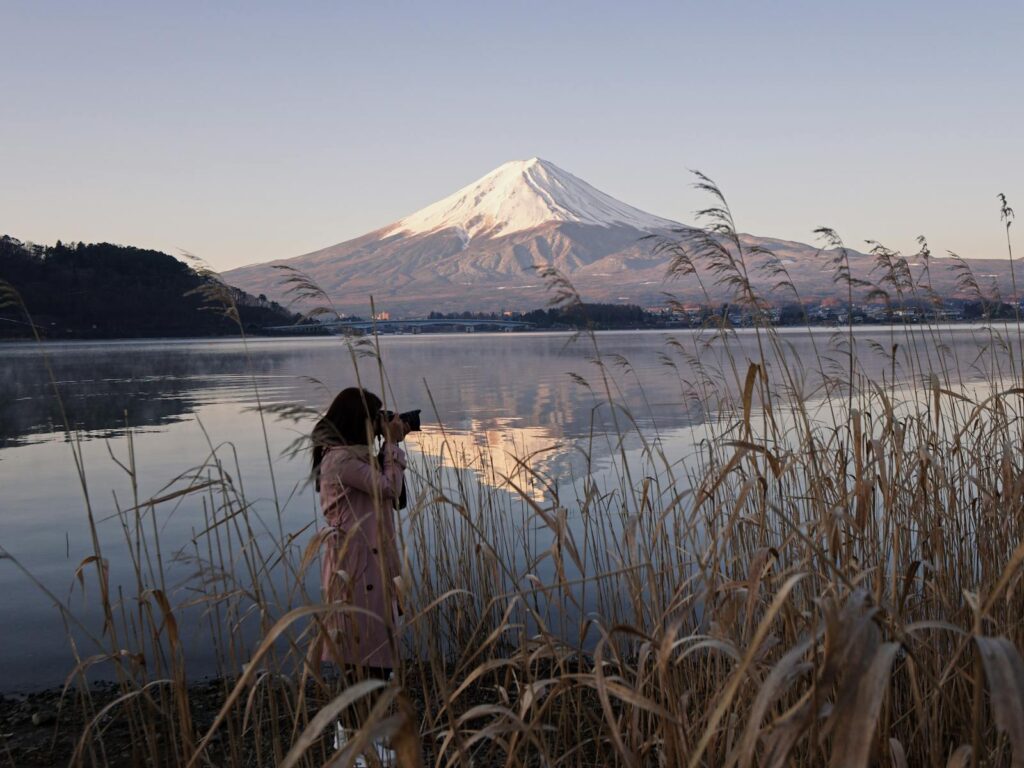
Bird photography is fundamentally an exercise in patience, and rushing the process almost always leads to inferior results. Many photographers give up too quickly when birds don’t immediately appear or cooperate. Successful bird photography often requires hours of waiting for the perfect moment, sometimes returning to the same location day after day. Create comfortable field setups that allow for extended observation periods without fatigue. Use this waiting time productively to observe behavior patterns, practice tracking moving subjects, or refine camera settings. Remember that patience extends beyond waiting for subjects to appear—it also means taking time to capture the decisive moment rather than firing continuously without consideration for behavior or composition. The difference between an ordinary bird portrait and an extraordinary one often comes down to waiting for that perfect head angle, wing position, or behavioral moment.
8. Invasive Approach Techniques
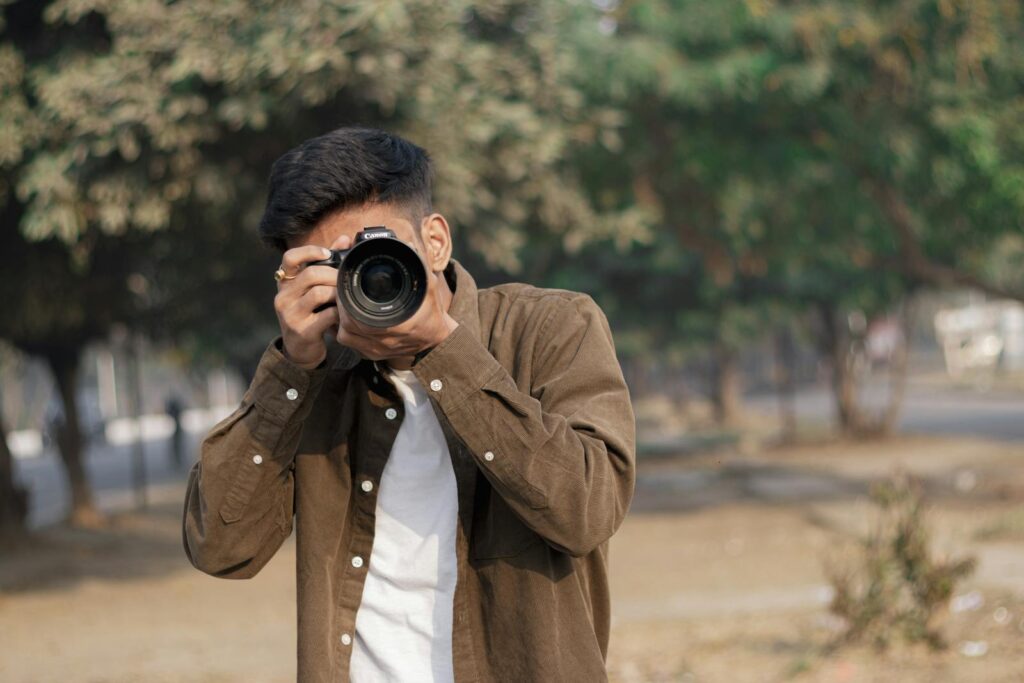
Approaching birds too aggressively not only produces stressed subjects and unnatural behavior but also raises serious ethical concerns about wildlife disturbance. Many new bird photographers don’t recognize the subtle signs of stress in birds—frozen posture, alarm calls, or interrupted feeding—and continue approaching until the bird flees. Always prioritize the welfare of your subject over getting the shot, maintaining respectful distances and using appropriate focal lengths (typically 400mm or longer) to photograph without disturbance. Consider using blinds or camouflage where appropriate, and develop field craft skills that minimize your presence. Move slowly and deliberately, avoiding direct eye contact which many birds perceive as predatory behavior. Remember that repeated disturbance can affect nesting success, feeding patterns, and overall species health—no photograph is worth harming your subject.
9. Neglecting Composition Fundamentals
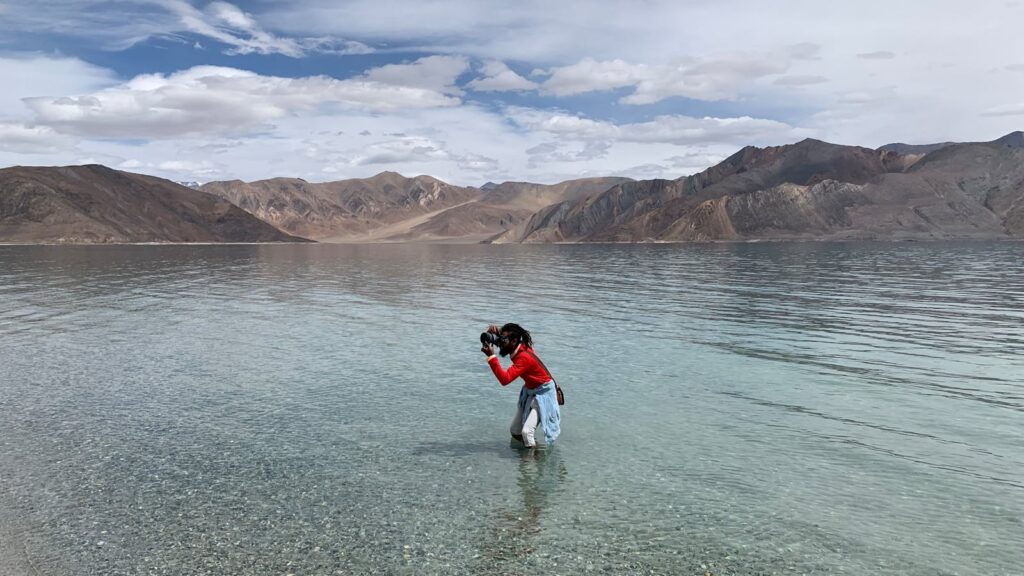
Technical excellence in exposure and focus means little without strong compositional elements to create a compelling image. Many bird photographers concentrate exclusively on capturing a sharp, well-exposed subject while ignoring basic compositional principles. Study and apply classic composition techniques such as the rule of thirds, leading lines, and proper space for movement. Pay attention to head angle and eye direction, providing appropriate space in the frame for the bird to “look into.” Consider the story your image tells—is it merely a documentary record of a species, or does it convey behavior, environment, or emotion? Include environmental elements when they add context or narrative value to your image. Remember that artistic composition elevates your work from simple documentation to meaningful photography that engages viewers on multiple levels.
10. Insufficient Post-Processing Skills
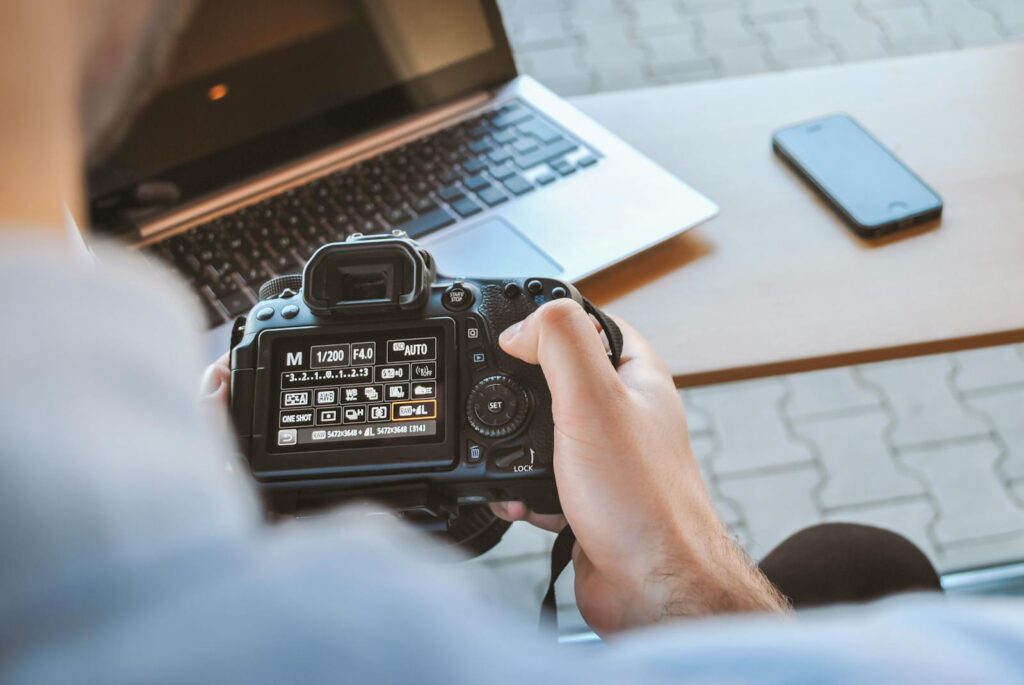
The work of creating exceptional bird photographs doesn’t end when you press the shutter—developing appropriate post-processing skills is essential to realizing your creative vision. Many photographers either over-process their images (creating unrealistic colors and textures) or under-utilize the tools available to enhance their work. Learn to make targeted adjustments to exposure, contrast, and color that enhance without distorting reality. Develop noise reduction techniques appropriate for the fine detail in feathers, which can be easily lost with aggressive noise processing. Master selective sharpening methods that enhance eyes and feather detail while avoiding the amplification of background noise. Consider creating a consistent processing style that becomes recognizable as your personal aesthetic while remaining true to the natural beauty of your subjects.
11. Inappropriate Equipment for the Conditions
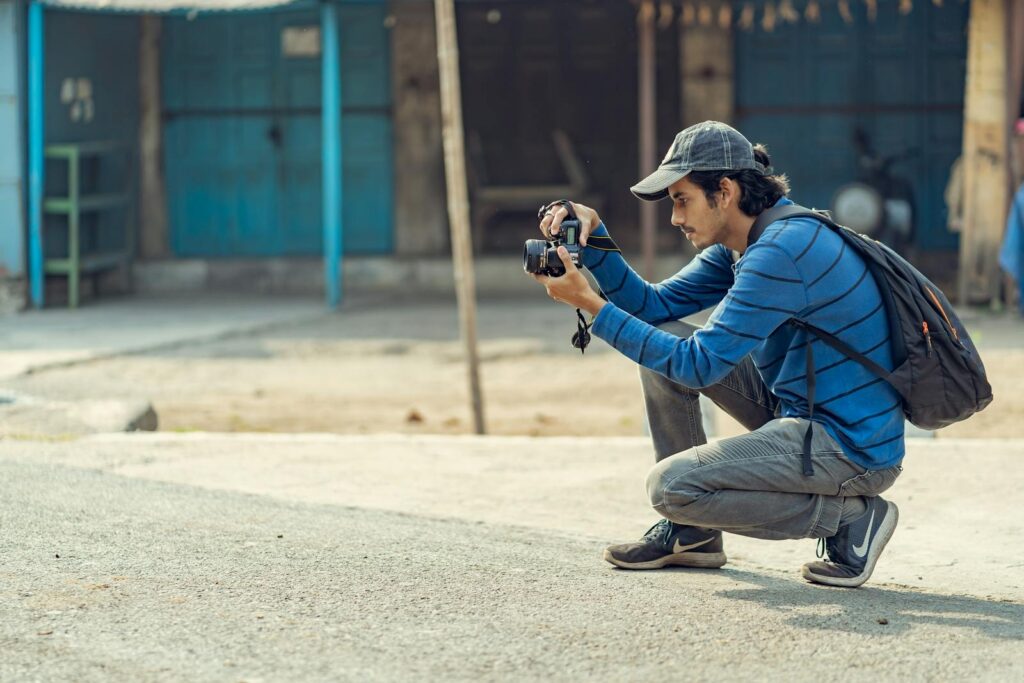
Bird photography often takes place in challenging environmental conditions, yet many photographers fail to prepare their equipment accordingly. Shooting near water without appropriate weather sealing, neglecting lens protection in dusty environments, or using equipment without sufficient cold-weather handling capabilities can lead to equipment failure and missed opportunities. Research the environmental challenges of your shooting location and prepare accordingly with weather covers, sensor cleaning supplies, and appropriate protection. Consider secondary weather-sealed bodies for particularly harsh conditions, and always carry spare batteries (which drain quickly in cold conditions). Invest in appropriate support systems like carbon fiber tripods with gimbal heads for heavy telephoto lenses, ensuring stability in varying field conditions. Remember that equipment protection and maintenance becomes increasingly important as you venture into more remote or challenging environments in pursuit of rare species.
12. Failing to Develop a Personal Style

Perhaps the most overlooked aspect of bird photography is the development of a distinctive personal style that separates your work from the thousands of technically competent bird images shared online daily. Many photographers focus exclusively on technical perfection without considering their unique creative perspective. Challenge yourself to move beyond standard documentary images by experimenting with creative techniques like intentional motion blur, silhouettes, high-key or low-key lighting, or unusual perspectives. Develop project-based approaches that tell deeper stories about species, habitats, or behaviors rather than collecting isolated portraits. Consider how your personal connection to subjects and locations can inform your photographic approach and create more meaningful work. Remember that technical excellence provides the foundation, but artistic expression creates memorable and distinctive bird photography that resonates with viewers.
Bird photography presents a unique set of challenges that can frustrate even experienced photographers. By addressing these common mistakes—from behavioral understanding and technical fundamentals to ethical approaches and artistic development—you can significantly improve both your images and your field experience. Remember that exceptional bird photography develops through a combination of technical mastery, field craft, patience, and creative vision. Each challenge overcome not only improves your photography but deepens your connection to and understanding of the remarkable avian subjects you seek to capture. Whether you’re photographing backyard birds or planning expeditions to document rare species, avoiding these common pitfalls will help you create images that celebrate the beauty, behavior, and wonder of birds in their natural environments.
